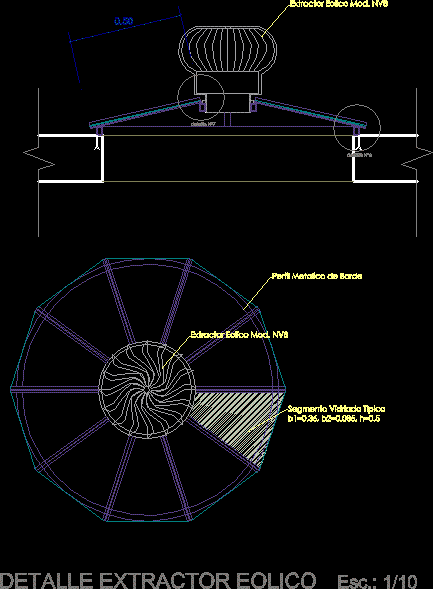Slicing refers to the procedure of creating G-Code which is typically used as an input for 3-D printers. This input is usually taken from 3D object files which are referred to as STLs. It is so because the object is sliced into various thin layers. Cura is open-source slicing software supported by Ultimaker to facilitate the 3D printers. Also, many other 3D printer brands support Cura as slicing software. It is worth mentioning here that the latest version of Cura is based on Qt5/QML. This makes it ideal for easy integration with QtQuickVcp and Machinekit. In Cura, the printing profile comprises the complete list of print settings along with the set of parameters which forms the backbone of the 3D printing strategy.
If you already have Mach3 installed, and only need the executable that is fixed to run on Windows 10, click here. Mach3 version 3.043.062 Installer (click to download). It will run fine on Windows XP through Window 8. Here is Artsoft's Mach3 FTP download site.
Gcode import in Cura
As per the latest views of the users, in older versions of Cura, it was fairly easy to import the Gcode. However, with the recent version of Cura in the form of 2.x, it is no longer a possibility. In case you need to make a tweak, especially in slicing, you should be able to open the file in Cura. However, importing the entire Gcode is a distant possibility. One way you can import Gcode is to save all the settings on Gcode so that you can zip the file used. Other users are of the view that importing the Gcode file in the profile pane of the preferences can also work. In other words, this would create a new profile in the settings that were earlier used to slice the Gcode file.
New features of Cura

As mentioned earlier, Cura 1.5x used to have this feature where you can import Gcode. However, Cura 2.X and 3.X are not at all compliant in importing Gcode. It is because the latest versions don't write all the settings to the Gcode. This is also the reason that the settings cannot be read from the Gcode file. Interestingly, there is a new feature in the latest versions of Cura. It is referred to as 'save project'.
In many ways, this new feature is actually a lot better than the earlier feature. This is because it can save all the settings. It also has the ability to save the position and scaling of every part. It also saves the content of the STL files to ensure that when you load the project; all the parts are there in the same position. Hence, every time you will create the Gcode file, it is imperative for you to save it. In this manner, you can also go back to the earlier settings.
Importing Gcode in Cura 3.2.1
The Cura 3.2.1 can save profile info at the bottom of the Gcode. Also, you would find an option in the settings through which you can import the Gcode. You have to go to settings>manage profiles screen>import. Note that the manage profiles screen allows you to import the selection of a Gcode file to import profile info.

As mentioned earlier, Cura 1.5x used to have this feature where you can import Gcode. However, Cura 2.X and 3.X are not at all compliant in importing Gcode. It is because the latest versions don't write all the settings to the Gcode. This is also the reason that the settings cannot be read from the Gcode file. Interestingly, there is a new feature in the latest versions of Cura. It is referred to as 'save project'.
In many ways, this new feature is actually a lot better than the earlier feature. This is because it can save all the settings. It also has the ability to save the position and scaling of every part. It also saves the content of the STL files to ensure that when you load the project; all the parts are there in the same position. Hence, every time you will create the Gcode file, it is imperative for you to save it. In this manner, you can also go back to the earlier settings.
Importing Gcode in Cura 3.2.1
The Cura 3.2.1 can save profile info at the bottom of the Gcode. Also, you would find an option in the settings through which you can import the Gcode. You have to go to settings>manage profiles screen>import. Note that the manage profiles screen allows you to import the selection of a Gcode file to import profile info.
From the above discussion, it is clear that Gcode can be imported only in the latest versions of Cura. Importing it in the older versions could be problematic.
Description
Mach3 turns a typical computer into a CNC machine controller. It is very rich in features and provides a great value to those needing a CNC control package.Mach3 works on most Windows PC's to control the motion of motors (stepper & servo) by processing G-Code.While comprising many advanced features, it is the most intuitive CNC control software available. Mach3 is customizable and has been used for many applications with numerous types of hardware.Purchase a License Download Mach3General Features
The Mach series of software is one of the most versatile CNC control packages.
- Spindle Speed control
- Multiple relay control
- Manual pulse generation
- Video display of machine
- Touch screen ability
- Full screen eligibility
Main Features
- Converts a standard PC to a fully featured, 6-axis CNC controller
- Allows direct import of DXF, BMP, JPG, and HPGL files through LazyCam
- Visual Gcode display
- Generates Gcode via LazyCam or Wizards
- Fully customizable interface
- Customizable M-Codes and Macros using VBscript
- Lathes
- Mills
- Routers
- Lasers
- Plasma
- Engravers
- Gear cutting
Mach3 Cnc Windows 10 Download
Software Requirements
Mach3 Minimum Recommended Requirements
Requirements if using the parallel port for machine control:
- Desktop PC with at least one parallel port
- (Laptops are not supported)
- 32-bit version of Windows 2000, Windows XP, Windows Vista, or Windows 7
- (64-bit versions will not work)
- 1Ghz CPU
- 512MB RAM
- Non-integrated Video Card with 32MB RAM
- (Large G-code files, especially 3D files will require a video card with 512MB RAM or higher)
Requirements if using an external motion device for machine control:
Mach3 Cnc Windows 10 Download
- An appropriate external motion controller
- (options can be found on the Plugins page)
- Desktop or Laptop with Windows 2000, Windows XP, Windows Vista, Windows 7, Windows 8, and Windows 10.
- 1Ghz CPU
- 512MB RAM
- Video Card with 32MB RAM
Mach3 Cnc Software For Windows 10
- (Large G-code files, especially 3D files will require a video card with 512MB RAM or higher)
